I self produced the recent performances of (Des)Encaracolarse at the National Hispanic Cultural Center. What exactly does that mean? I initiated the project, I took full financial responsibility for the project, I gathered the team, found the venue, did the publicity, found volunteers…the list goes on…along with choreographing and performing in the work, and being artistic director. Yikes! What was I thinking?!?
Well, I was thinking, I have this idea for a show, and I really need to do it, and I’m not going to wait around until I eventually get a grant to fund it or for someone to ask me to create a show. I’m a young, emerging artist; I’ve had some incredible opportunities, some I applied to and worked my butt off to get, some that were handed to me (though handed to me based on all the previous back-breaking work I’d done). But to really move forward in my career and find ways to make my vision reality, I had to get the show out there. And in my experience, no one is going to commission work from you if you haven’t proven that you can make work.
Producing a show is a lot of work and not something I recommend to anyone not willing to put in the work. If you are disorganized and do not have an overall vision, hold off on self-producing. I got my first two grey hairs working on this show, no joke, it was that much stress. I had self-produced once before, but not on this scale, and this show had a very specific vision I wanted to carry through to the end. The creative work took a great deal of research and rehearsal, and the administrative and production work took up countless hours.
Producing this work also took a great deal of courage. First, artistically, because aesthetically I went in a new direction. (Des)Encaracolarse uses more than just the typical flamenco structures, incorporating poetry and cello into the final work, not to mention the complex choreographic process. Second, it took a lot of courage to say that my idea was worth self-producing, worth risking my image as a dancer and worth taking a financial risk. Believing in your work, and surrounding yourself with people that also believe in that work helps make the process easier. And if you are investing in a show (and in yourself as an artist) surround yourself with the best people you can possibly afford, don’t cut corners when it comes to this.
I found ways to make it work financially from a combination of fundraising, ticket sales, and my own savings. Thanks to websites like indiegogo and the likes, even artists with no money saved up and no grants can find ways to raise money. Fiscal sponsors (I use Fractured Atlas) and the likes can help with fundraising and with getting advice on producing.
Every time I put on a show, I learn dozens of lessons, things that worked and things that did not. Much of the time, clear communication is the heart of these lessons. I keep notes of what worked and what did not, so that next time, the process can be smoother and easier. I’ve also made a lot of mental notes over the years dancing in other companies, witnessing first hand what makes some companies successful and others not so much. And asking for advice is always a good idea. There will always be unexpected issues that arise, that’s the nature of live performance and the creative process, but you can do your best to prepare yourself and the production. In the arts world, on both the creative and production side, you have to always keep learning and keep an open mind.
Here’s a great article by Dance Magazine regarding self-producing when you want to create work that just is not being done any where else and that has no clear path to creation other than through self-production: http://dancemagazine.com/inside-dm/self-produce-to-self-satisfy/
If you have an idea for a performance, something you absolutely must bring to fruition, do it. Even if it seems impossible, if you truly believe in the vision, it’s possible to make it a reality. Here’s to more creative works!


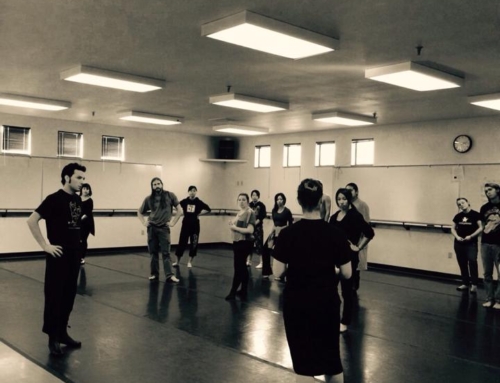
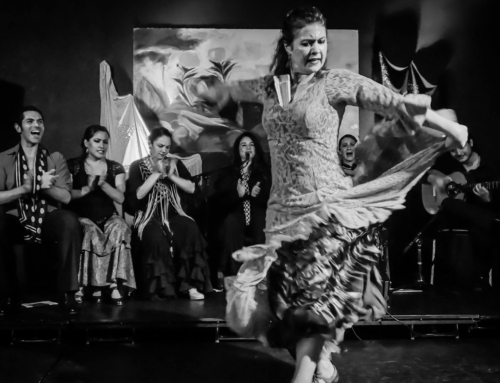

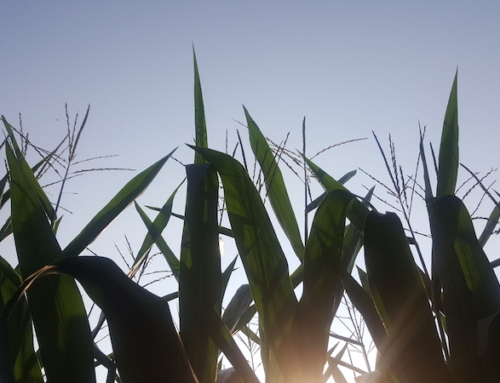
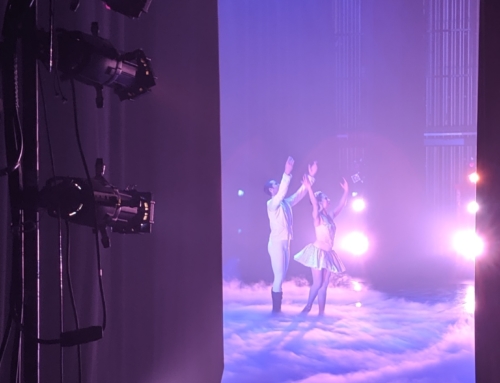
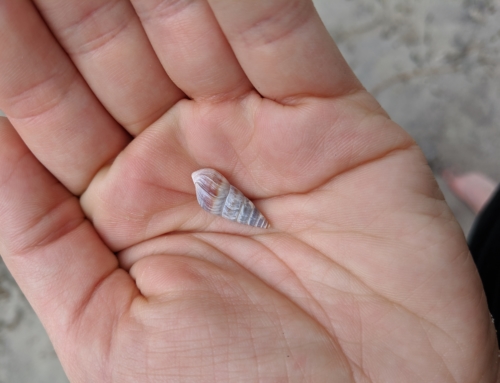
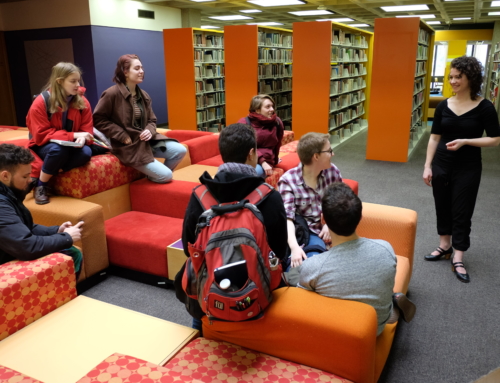

Leave A Comment